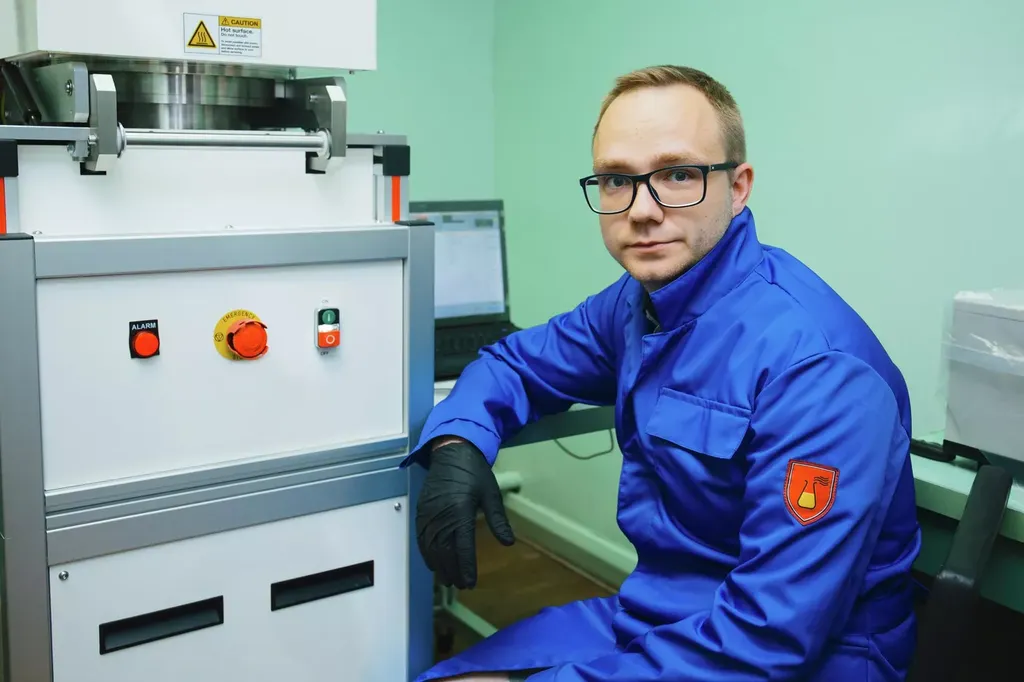In a groundbreaking development poised to reshape how engineers approach heat conduction problems, researchers have introduced a novel integral method that promises to streamline the solution of nonstationary heat conduction issues, particularly those involving second-kind boundary conditions. This advancement, spearheaded by V. A. Kot of the A. V. Luikov Heat and Mass Transfer Institute of the National Academy of Sciences of Belarus, could have significant implications for the energy sector, where efficient thermal management is paramount.
The research, published in the journal “Весці Нацыянальнай акадэміі навук Беларусі: Серыя фізіка-тэхнічных навук” (translated as “Proceedings of the National Academy of Sciences of Belarus: Series of Physical and Technical Sciences”), presents a new algorithm that leverages systems of identical equalities and integral boundary characteristics. This method introduces the concept of a temperature-disturbance front, effectively dividing the heating process into two distinct stages.
“By differentiating the heat-conduction equation over a space variable and applying symmetric integral and differential operators, we’ve constructed sequences of integral and differential identical equalities,” explains Kot. “These sequences include integral or differential limiting characteristics for specific boundary conditions of the second kind.”
For the first stage of the heating process, the researchers constructed two sequences of integral and differential identical equalities. Each sequence includes integral or differential limiting characteristics for a definite boundary condition of the second kind. For the second stage, they introduced a boundary function and differentiated the heat-conduction equation with respect to a spatial coordinate, applying integral operators to the expression obtained. This resulted in a sequence of integral identical equalities involving integral boundary characteristics for the second-kind boundary condition.
The practical implications of this research are vast. In the energy sector, where thermal management is critical for efficiency and safety, this method could lead to more accurate and efficient solutions for heat conduction problems. For instance, in the design of power plants, nuclear reactors, and other energy infrastructure, engineers often encounter second-kind boundary conditions. The ability to solve these problems more efficiently could lead to improved performance and reduced costs.
Moreover, the general scheme proposed for determining approximate eigenvalues of boundary-value problems with boundary conditions of the second kind could revolutionize the way engineers approach thermal analysis. By transforming the boundary-value heat-conduction problem into an ordinary differential equation, the method offers a more straightforward and efficient approach to solving complex thermal problems.
“This research opens up new avenues for solving heat conduction problems that were previously considered challenging,” says Kot. “The integral method of heat balance, combined with the concept of a temperature-disturbance front, provides a robust framework for addressing these issues.”
As the energy sector continues to evolve, the demand for efficient and accurate thermal management solutions will only grow. This research by Kot and his team at the A. V. Luikov Heat and Mass Transfer Institute of the National Academy of Sciences of Belarus represents a significant step forward in meeting this demand. By providing engineers with a more efficient and accurate method for solving heat conduction problems, this research could have far-reaching impacts on the design and operation of energy infrastructure, ultimately contributing to a more sustainable and efficient energy future.

